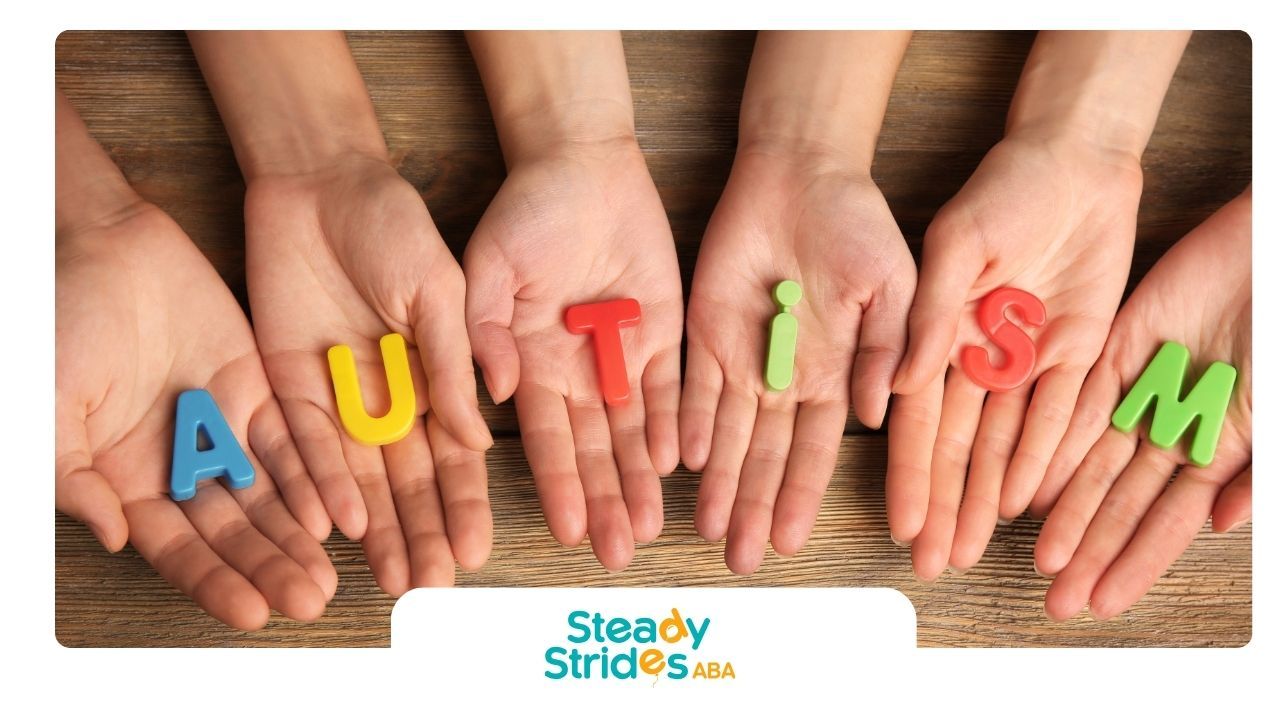Contemporary ABA, which means contemporary applied behavior analysis, refined through decades of clinical insights, is popular in ABA therapy today. It is known for helping people with autism in the United States. This article will explain what makes contemporary ABA special, focusing on its main ideas, benefits, and differences from older methods.
What is Contemporary ABA Therapy?
At its core, modern ABA therapy comes from behavior analysis. It is based on years of research that shows how people learn and how we can change behaviors. Today’s ABA therapy uses these ideas flexibly and tailored to the person getting help.
Instead of only trying to reduce difficult behaviors, modern ABA looks to improve a person's life by also addressing challenging behaviors. This involves helping them build communication skills, make social connections, and gain the independence they need to succeed daily.
Exploring Contemporary ABA Therapy: Programs & Benefits
Contemporary ABA therapy has many programs and strategies. Each program is designed to meet unique needs. For example, Pivotal Response Training (PRT) focuses on important behaviors like motivation and self-initiation. The Early Start Denver Model (ESDM) uses play as a way to help young children in early intervention.
What connects these programs is their shared focus on the main ideas of contemporary ABA. They all aim to customize interventions for individual needs, help skills transfer to different situations, and create a supportive environment for therapy.
The Evolution of ABA Therapy: From Traditional to Contemporary
To truly understand the importance of contemporary ABA therapy, we need to see how it is different from traditional methods. Traditional ABA has played an important role, but it often used rigid settings and focused on reducing behavior through certain rewards. This method works, but it can ignore each person's unique preferences and natural ways of learning.
Contemporary ABA therapy learns from many years of research and clinical experience. It takes a more complete and personal approach. This method understands that autism and other developmental disorders are not the same for everyone. It looks at the different strengths and challenges that each person has.
The change to contemporary ABA shows we are moving away from a one-size-fits-all way. This approach knows it is important to understand what each person wants, how they feel things, and how they learn. This helps create a truly effective and empowering therapy experience.
Core Programs in Contemporary ABA Therapy
Many contemporary ABA programs in the field use this approach. These programs use different techniques and serve various age groups and needs. For example, Incidental Teaching takes advantage of natural learning moments. Thus, therapy feels less like a structured form of treatment and more like a part of everyday life.
Another type of treatment is the Early Start Denver Model or ESDM. This program focuses on early intervention and uses play-based interactions to teach important social and communication skills. It also stresses the importance of strong relationships between therapists, caregivers, and the child, creating a positive and supportive learning environment.
Although these contemporary ABA programs differ from traditional approaches, they all aim to promote meaningful and lasting change. They are based on the science of ABA but use a caring, person-centred approach, which results in tailored, engaging, and effective interventions.
Key Benefits of Contemporary ABA Therapy
One major benefit of contemporary ABA is that it helps people lead happy lives. Unlike older methods, which focused too much on being compliant, contemporary ABA values independence and the ability to speak up for oneself.
It uses natural teaching methods like play-based therapy and incidental teaching. This way, learning happens during meaningful activities. This makes it more likely that the skills people learn can be used in real-life situations. This method helps people feel more confident in their surroundings, giving them a sense of freedom.
Enhancing Communication Skills
Communication is the foundation of human interaction. Today’s ABA Therapy strongly emphasizes building communication skills. This includes everything from talking and nonverbal signals to alternative methods like sign language or picture exchange systems.
Therapists trained in contemporary ABA help people find the communication methods that work best for them. They make special plans for individuals to learn how to express their needs, whether it’s through talking, gestures, or assistive technology. The aim is to make communication functional and empowering.
With regular practice and positive reinforcement in real-life situations, individuals become fluent in their chosen ways of talking. This ability to share thoughts, feelings, and needs opens up many opportunities. It helps people be more independent, connect with others, and improve their overall well-being. Focusing on generalization ensures that these new skills are used outside the therapy sessions, positively impacting daily life.
Fostering Social Integration
Socialization can be challenging for people with autism. Today’s ABA therapists recognize this challenge and work hard to meet each person's social needs. Modern ABA therapy is not just about teaching social scripts or the same answers over and over. It also explores the details of social interaction, encouraging true understanding and connection.
Through fun activities, social skills groups, and well-planned social events, individuals gain the confidence and skills to handle social situations better. They learn to notice social cues, start conversations, take part in discussions, and build real friendships with other kids.
What makes this approach special is how it helps people create true connections. By viewing socialization as a changing process instead of just rules, contemporary ABA gives individuals the tools to form relationships, find things in common, and enjoy being part of a group.
Contemporary ABA therapy offers modern, personalized approaches to help children with autism thrive. If you're searching for ABA therapy near me for kids, you’ll find programs that are designed to meet each child’s unique needs and maximize their potential. Explore local providers today to see how ABA therapy can support your child’s growth and development.
Conclusion
In conclusion, contemporary ABA therapy is a modern way to build important skills and improve social inclusion. Moving away from traditional methods shows a good change toward better and more customized programs. By focusing on communication skills and encouraging social inclusion, contemporary ABA therapy helps in overall growth and a better quality of life. Knowing this new therapy's main programs and benefits can create positive results for people looking for personal support and growth chances.
Steady Strides ABA is a leading provider of contemporary ABA therapy in Texas, offering innovative programs tailored to each child’s unique needs. Their evidence-based approach focuses on enhancing communication, social skills, and behavior, providing families with the support they need for lasting progress.
If you're ready to give your child the best possible start, contact Steady Strides today to discover how contemporary ABA therapy can unlock your child's full potential.
Frequently Asked Questions
How does contemporary ABA therapy differ from traditional methods?
Contemporary ABA takes a different approach than traditional methods. It focuses on the person receiving treatment, considering the individual’s unique needs. This specific type of treatment still uses the science of ABA but adds more natural ways of teaching. It values individual choice and freedom. It also works to make sure the skills learned can be used in everyday life.
This type of treatment often works with related services to give full support. Just as traditional ABA has been known as the most effective treatment for autism, contemporary ABA is also respected in your child’s school.
Sources:
https://www.autismspeaks.org/early-start-denver-model-esdm
https://autismnow.org/articles/contemporary-applied-behavior-analysis-approaches/
https://ncse.ie/events/contemporary-applied-behaviour-analysis-c-aba-5-days-primary-post-primary
https://www.igi-global.com/dictionary/in-person-therapies-for-language/111568













